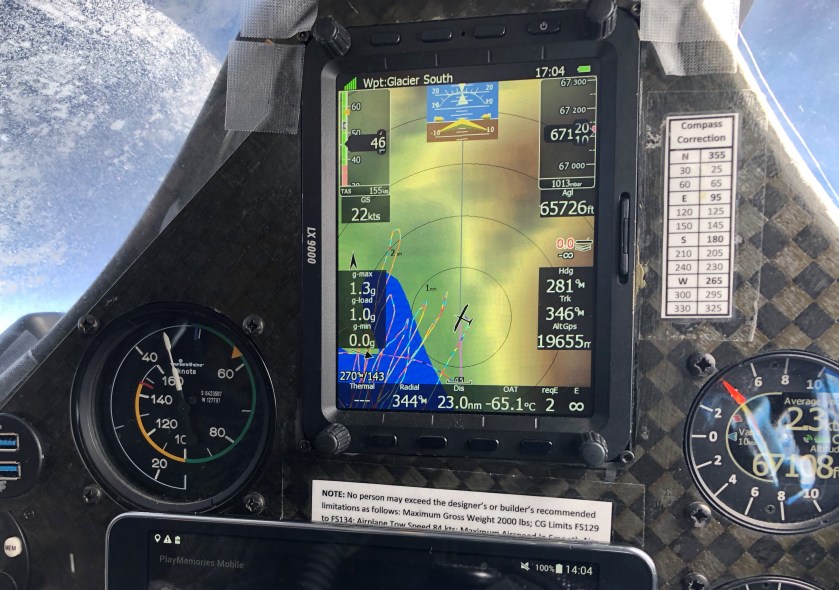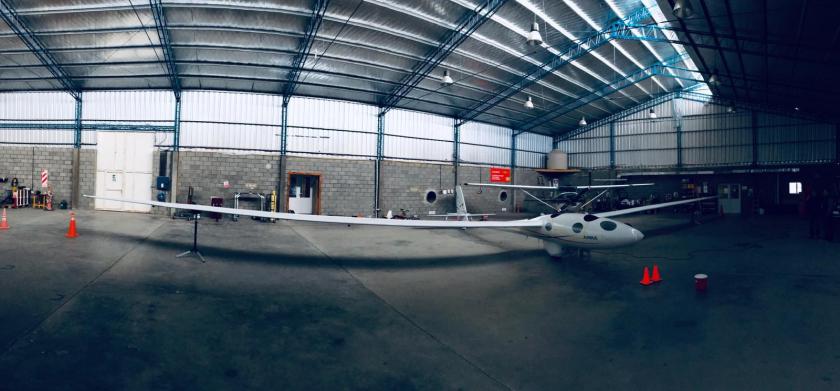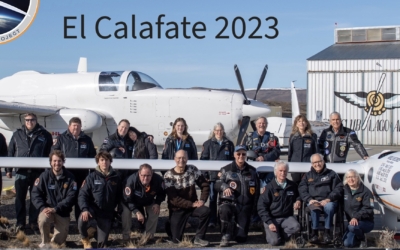Aviation measurements can be confusing when different numbers are used to describe similar terms. In the following blog we will compare the useage of the term altitude – pressure and GPS, as well as the usage of the term airspeed – indicated and true.
ALTITUDE
When an aircraft is flying the pilot needs to know how high the plane is, especially when sharing airspace with other aircraft. The internationally accepted method is for all aircraft in Class A airspace (high altitude) to set 29.92 inches of Mercury (or 1,013 millibars) in the window. This is called PRESSURE ALTITUDE. It is actually measuring the molecules of air pressing against the plane. As the aircraft climbs higher and higher, there are fewer molecules of air. So the chance of an error in reporting pressure altitude increases. Above about 50,000 feet (15,000 meters) the rules controlling records for gliders (FAI and IGC) require use of GPS altitude since it is more accurate. Only on a “standard” day is the pressure altitude the same as the GPS altitude. However days are rarely “standard,” so there normally will be differences between GPS altitude and pressure altitude. (See Jim’s in-flight photo and chart below.)
GPS ALTITUDE is not measured using molecules of air. Instead the timing of signals from satellites are measured with nanosecond accuracy and a three-dimensional location is calculated. This position includes an altitude measurement that is independent of the atmosphere. GPS altitude and geometric altitude are the same. Above the troposphere, GPS altitude is a more accurate measurement of height.
On Perlan’s current Virtual Cockpit we show the altitude of the glider as pressure altitude. As Perlan descends back into controlled air space, this is the altitude that Air Traffic Controllers use to fit Perlan into the flow of other traffic.
AIRSPEED
When an aircraft is flying the airspeed indicator on the instrument panel depicts INDICATED AIRSPEED. The plane is comparing the pressure of air molecules coming in and translating to a particular reading based on standard day sea level air density. When the aircraft is in the thin air at high altitude there are fewer molecules. So the plane is truly going much faster to encounter the same number of molecules. This much faster airspeed is called TRUE AIRSPEED. When the wind is zero, this true airspeed is the same as the ground speed.
True airspeed is a nice benefit of flying high. For the same fuel burn, airliners travel much faster in the thinner air. The sink rate of a glider is usually measured at rather low altitudes. Minimum sink speed is the indicated airspeed for the least altitude loss per unit of time. (Feet per Minute or Meters per Second.) At very high altitude the true airspeed is much faster and therefore the sink rate is much higher. It is not a linear formula, at 50,000 feet Perlan 2 needs 350 feet per minute to maintain altitude; it needs more to climb. At 90,000 feet Perlan 2 needs 900 feet per minute to maintain altitude.On Perlan’s current Virtual Cockpit we show the true airspeed of the glider. In flight Jim has the front cockpit set up so he sees indicated airspeed on the left round dial all the time. He sees True Airspeed (TAS) on the left side of the LX screen in the top box. On the right round dials he sees pressure altitude. He sees GPS altitude (in meters for record claim purposes) on the small black box on right side of LX-9000 screen, second box down. On September 2, 2019 Jim took this photo in flight. With Outside Air Temperature (OAT) -65.1 Celcius with 1013 milibars of pressure the Pressure Altitude is 67,120 feet but the GPS Altitude is 19,655 meters or 64,485 feet. The Indicated Airspeed is 46 knots but the True Airspeed is 155 knots.







